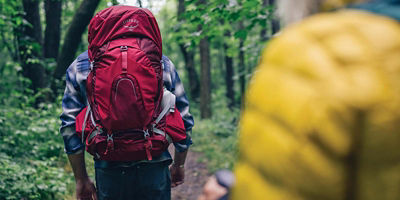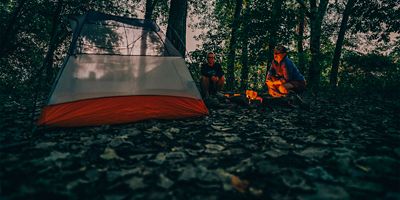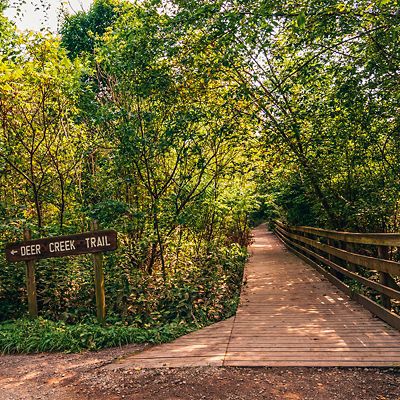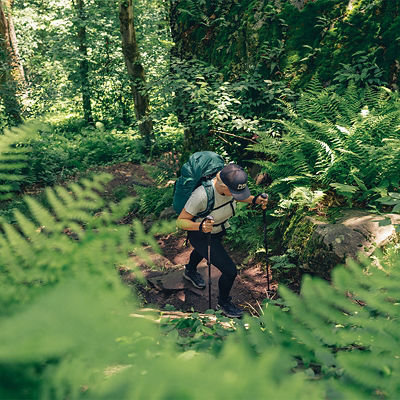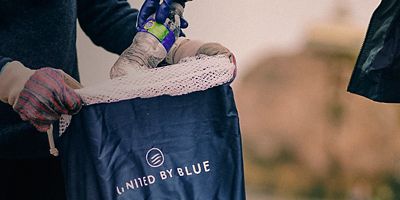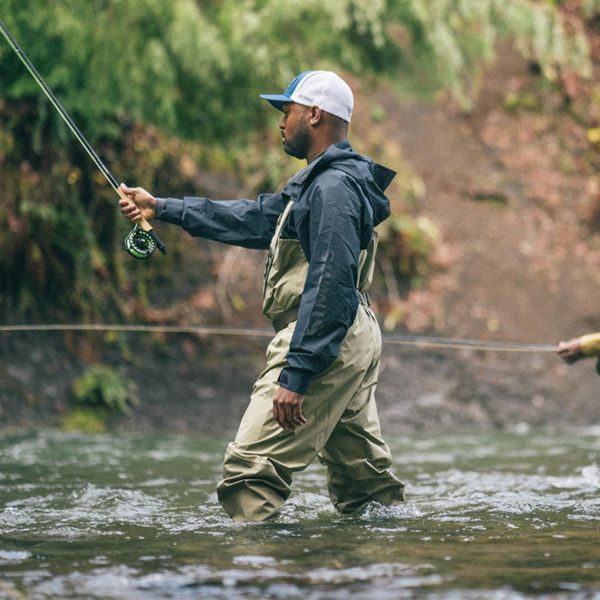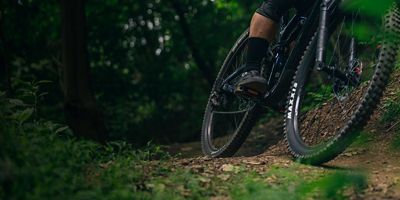Pittsburgh is known for its wealth of water, built at the confluence of three mighty rivers: the Allegheny, Monongahela and Ohio. Yet while the trio’s combined, multitudinous outflow is home to innumerable species of life aquatic, the Steel City lacks what would seem like the most obvious: steelhead.
Steelhead are rainbow trout that spend the bulk of their lives in expansive, open waters like the Pacific Ocean or the Great Lakes, returning to tributaries each year to spawn. Yes, they sound an awful lot like salmon, which also migrate up rivers to spawn. Unlike salmon, whoever, which die after spawning, steelhead return to open waters, repeating the process for six to eight years.
The exodus has profound effects. By leaving relatively small streams, which can limit growth, for unbound waters that accommodate it by an order of magnitude, these rainbow trout undergo a steroid-like transformation: Once streamlined silver bullets turn into hulking monsters. Angler interest experiences a serious uptick accordingly. After all: more bigger, more better. Here’s how to go big and make the most of these migratory runs.
Target Locations
Tough spawning season depends largely on water depth and in-stream temperature, says David Higie, the in-house fishing expert at the Public Lands store in Cranberry, Pa., early September into early spring is always a good bet for planning your next fishing trip. Steelhead can be caught near Presque Isle State Park (2 hours straight north of Pittsburgh) as they make their migratory pilgrimage up one of Lake Erie’s tributaries—notably so on Walnut Creek and Elk Creek.
First-Time Factors
Most anglers enjoy the fact that fishing is a solitary activity, but because steelhead are such a unique (read: easily spooked) fish, Higie recommends that those new to the species “hire a guide the first couple times out to learn the proper technique, equipment, locations.” Whether you choose to use a guide or not, you will need a valid Pennsylvania fishing license along with a Lake Erie special permit before casting a line. Both of which can be purchased at any Public Lands location, or online at huntfish.pa.gov.









